Today is the thousandth day since the start of the pandemic, and we still haven’t figured out how to hold efficient meetings online.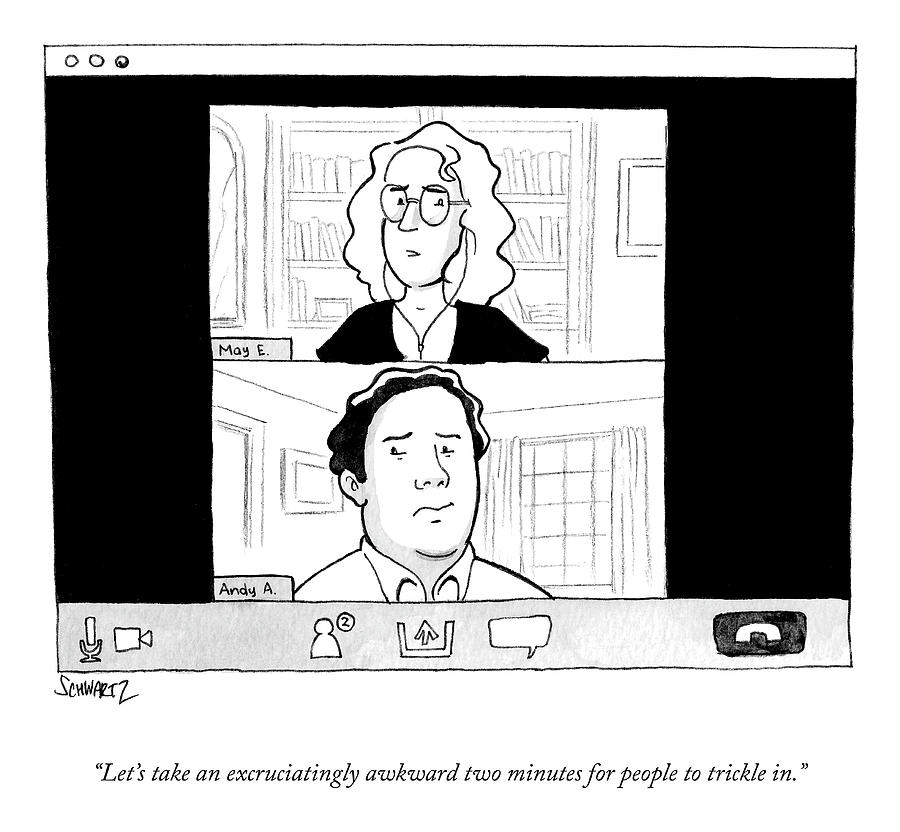 Here’s a useful resource:
Here’s a useful resource:
https://drive.google.com/file/d/14ztjFkkKQGHK-HOtebUOtu-Lpa3DanVt/view Continue reading
Today is the thousandth day since the start of the pandemic, and we still haven’t figured out how to hold efficient meetings online. Here’s a useful resource:
Here’s a useful resource:
The Advanced Light Source upgrade project has received the Critical Decision 3, the very last step before we start building the facility – a $590M project for the US Department of Energy.
This is a great news for the facility, which will become the brightest soft x-ray light source in the world. I have worked on this project over the last five years, designing and simulating the new feature beamlines and developing new technologies to ensure optimal performance.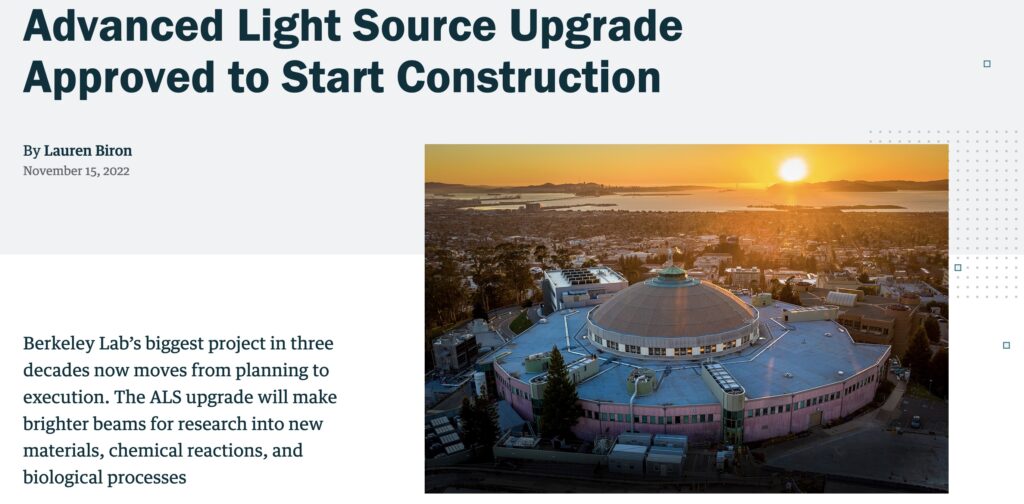 Berkeley Lab news center: Advanced Light Source Upgrade Approved to Start Construction
Berkeley Lab news center: Advanced Light Source Upgrade Approved to Start Construction
“Wavefront Preservation in Soft X-Ray Beamlines for the Advanced Light Source Upgrade.”
Antoine Wojdyla & Kenneth A. Goldberg
Synchrotron Radiation News, 34(6), 21–26 (2021).
https://doi.org/10.1080/08940886.2021.2022398
I had a great time at Penn State University, where I was positively impressed by the facilities and the people!
I mainly visited the Material Research Institute and the department of Astronomy and Astrophysics, where they are developing x-ray adaptive optics for space application together with NASA, for the Lynx project.Thanks Susan Trolier-McKinstry for hosting me!
We were pleased, as Berkeley Lab Global Employee Resource Group co-chairs, to invite and co-organize with Angela Saini at Berkeley Lab on November 9th, 2022.
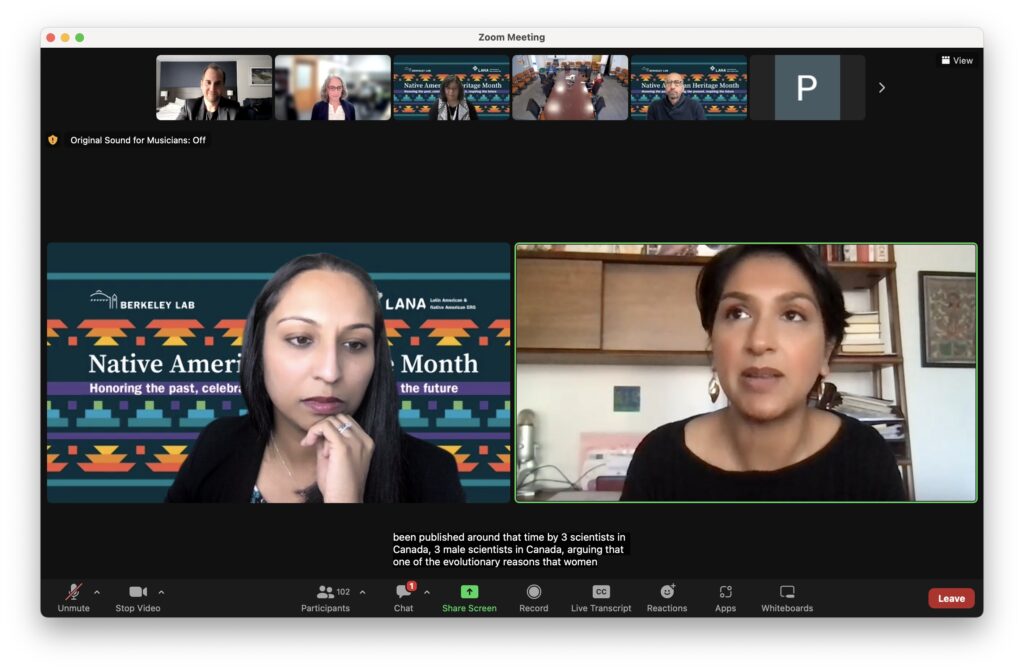
Author Angela Saini in conversation with Aditi Chakravarti from the Diversity and Inclusion office at Berkeley Lab (IDEA)
More details about the event:
global.lbl.gov/events/idea-speakers-series-angela-saini
Alain Aspect just received an amply deserved Nobel prize in Physics – adding one drawing to my collection of Nobel Prize drawings
I recall bumping on him at the cafeteria at Ecole Polytechnique back in the days, and asking him questions which he often dismissed in two sentences…
Incidentally, the last time I went there in December 2019 to visit my friend Franck Delmotte (Director of study at Institute of Optics Graduate School), he was just besides us.I recently traveled to Argonne National Lab to meet with colleagues from the XSD-OPT team at the Advanced Photon Source.
I am very happy to announce that was granted en Early Career Research Award by the US Department of Energy, to work on the DREAM beam: Diffraction-limited Radiation Enhancement with Adaptive Mirrors for x-ray coherent beamlines.
Here are some news releases:Yesterday we received a visit of the speaker of the House, Nancy Pelosi, who came to Berkeley lab for a press conference around the COMPETES act, which aims to bolster STEM education in the US and revive semiconductor manufacturing.
Full video: Speaker Pelosi Holds Event on America COMPETES ActWhen people ask me what are the answers to some of the challenges that we face, I always say the same thing: Science, Science, Science and Science – Nancy Pelosi
We are quite honored that she chose the Advanced Light Source as backdrop for the announcement. There were also other congresswomen Barbara Lee and Doris Matsui, together with Intel CEO Pat Gelsinger and UC President Michael Drake.
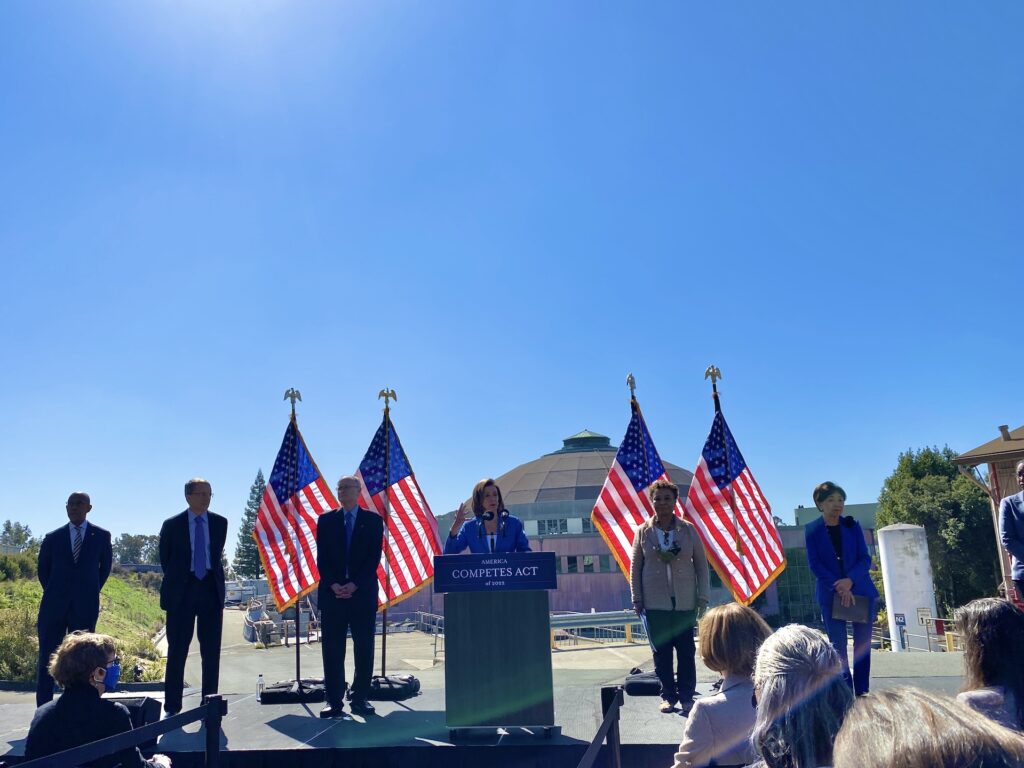 Nancy Pelosi speaking in front of the Advanced Light Source
Nancy Pelosi speaking in front of the Advanced Light Source
EUV lithography is now part of everything – including the chips in your iPhone 12 and beyond. I don’t know if it’s because of the chip shortage, the $50B investment of the US government in semiconductor manufacturing, or the realization that having a nearly monopolistic market with its biggest player in Taiwan, at the mercy of an invasion, but there’s a lot of press on EUV lithography right now (I’ve been talking about my work on the topic at Berkeley Lab here: SHARP and MET5, and shared some thoughts on Moore’s law here.)
Here’s a few pieces:
In this story, ASML is the quiet powerhouse – they have a de facto monopoly (their stock rose 10x over the last 5 years) and they keep expanding (ASML opens new state-of-the-art R&D facility in Silicon Valley.) There’s been some hardball played here, with the US pressuring the European company not to sell their technology with China (Reuters), as if it made any sense.
Besides, I am stoked to see my former colleagues from the Center for X-Ray Optics receive recognition for their work!I hope we’ll get to develop new techniques with x-rays using diffraction-limited beams to further the advances in semiconductors and microchips – skyrmions, superconductivity, memristors, and so many other cool things!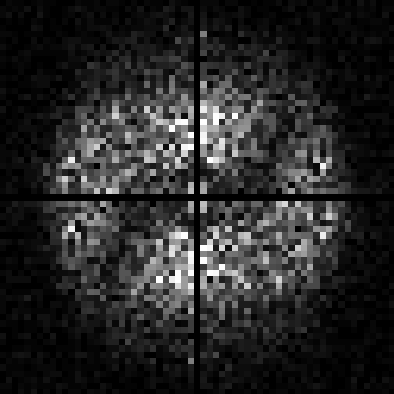
power spectral density of an EUV coherent beam reflected on a naturally rough surface going through an objective zoneplate with a topological charge of 1